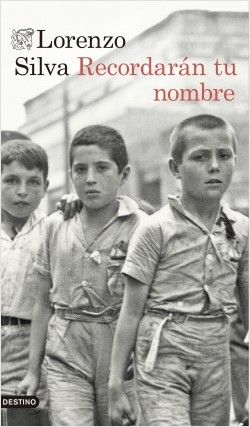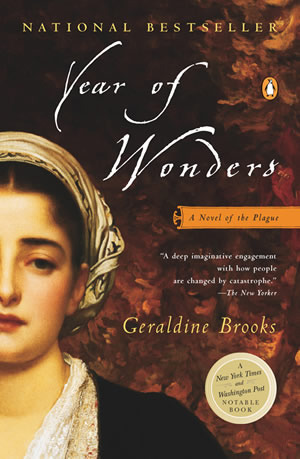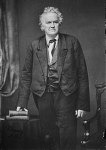I’m sharing this little doo-hickey with you. An interview by SCBWI, promoting their upcoming Spring conference.
Spring is just around the corner, and with it—the Spring Luncheon: Creating Richer Narratives. We’ve put together an interview series to introduce the speakers. Today we welcome Alicia Williams.
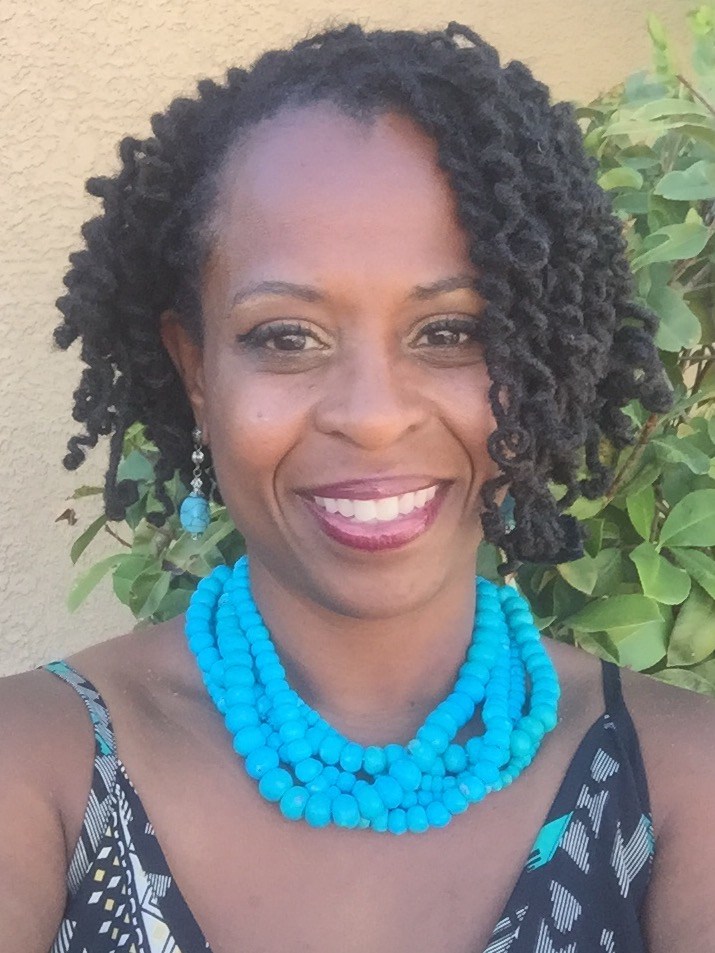
Alicia Williams is a graduate of Hamline University’s MFAC program. She is excited to announce her middle grade novel, GENESIS RISING, with Atheneum/S&S will debut fall 2017. She started her storytelling as a folk storyteller and captivates audiences young and old with the Breh Rabbit and Breh Fox tales. She also writes and performs one-woman historical plays, featuring the likes of Sojourner Truth, Margaret Garner (slave that Toni Morrison based BELOVED on), Mamie Till (Emmit Till’s mother), to name a few. Alicia is also a Master Teaching Artist, combining her love of storytelling and acting, to teach writing based on an arts-integration pedagogy.
You’re a playwright, storyteller, teaching artist and actress. In what ways have these roles influenced your work as a writer?
“Just yesterday I came across this quote in Creating Fiction: ‘…authors are not unlike actors, needing to dig into the depths of their own experiences to understand the emotions their characters might feel.’
“This is so true. As an actress and storyteller, I conjured old memories and even created false ones to tap into certain emotions. Using voice, facial expressions and body movements, actors are taught to remain true to the character. As I worked on my story, writing what I knew, I would delve into my own past experiences in order to connect with my protagonist. I’d read the scenes out loud to find the voice of my characters and the flow. That technique seemed to help a bit; although, I’m still learning how to bridge the different art forms. But still, all of it works together, everything artistic and creative. Like, some writers are musicians and the rhythm of words just come naturally, right? So, we artists tap into all of our gifts, they overlap.”
As an advocate for diversity in children’s literature, what do you see as holes or needs in the market?
“The holes? The obvious hole is the lack of diversity in publishing. The excuse of not being able to discover ‘talented, diverse writers’ is just that, an excuse. Too many testimonies exist of editors and publishers stating that they ‘can’t connect to the story.’ If the difficulty is not in the writing, but in the setting or characters, then there is a problem. That means the gatekeepers of literature are willfully holding back narratives that would allow readers into worlds beyond their own. And it is of the utmost urgency that those doors be open, that we become a more inclusive society. Often, the door is closed to marginalized writers, but the stories are then published by white writers. I’m sure you can name a few titles yourself. Anyway, when other authors are allowed to tell these stories, not only does it take away from a writer with the authentic experience–BUT also, the stories tend to rely on stereotypes and be offensive. The Twitter world is quick to call out these novels, but the damage is already done. The book is published, and marginalized readers (children) will be hurt by the characterizations, and white readers will believe the falseness to be true. Not understanding that we all are responsible for the images we put (and not) into the world is a major disservice to our readers.”
In a recent blog post, you posed the question: What are some qualities that makes a strong female protagonist admirable for girls? What makes them enduring and heroic? How would you answer that question?
“I love a flawed character, and believe that it is important for girls to be okay with being flawed, too. We ladies are told to be perfect in so many ways–looks, studies, disposition, etc. ‘Act like a girl!’ What the heck does that mean? We have to give girls permission to mess up and find ways to express their individuality. Female protagonists should offer discovery and growth. Boys are allowed to discover all they want, they’re encouraged to be adventurous, brave, STEM wise.
“In grad school at Hamline, I wrote about the lack of female role models in kid lit. For research, I interviewed my daughter’s Girl Scout troop. Guess what? All of the girls admired Harry Potter’s Hermione, but none of them wanted to be like her. Why? The other characters shunned her, describing her as an ‘annoying know-it-all.’ Initially, none of the other characters (Ron and Harry) liked her, they only tolerated her. They preferred Ginny, she was likeable. Well, thank heavens for the following books in the series because Hermione blossomed into a brave, knowledgeable, resourceful girl, and plenty of young readers want to purchase her wand!”
“Oh, and another thing …. YA novels featuring girl protagonists almost always include a love interest. This predictable narrative is overdone. The girls in the troop were tired of that thread, especially when boy books didn’t include it. Boys get to focus on saving the world. Gender roles and stereotypes are most often reinforced in literature with girl protagonists. I’d love to see more girls who are witty or plucky, and who can cleverly figure out how to overcome challenges.
“Okay, okay, one more thing! Last year I was on a panel about feisty female protagonists. Anne Ursu shared how her character, Hazel, from Breadcrumbs, was criticized as not being feminist because she wasn’t decisive. Really? What elementary aged girl is decisive? Obviously, Hazel made the decision to rescue her friend, which in itself was a heroic act. The bravery of facing your fears, going out of your comfort zone, wavering in the act, and determining that ‘yes, yes I can do it, even though I’m scared to death’–those are heroic and memorable qualities for girls.”
How has SCBWI helped your career?
“SCWBI keeps me connected. I’m at the beginning of my career, so my journey with the organization is still sort of new. I remember going to my first conference here in Charlotte. I was still a graduate student, and it felt like home. I was amongst like-minded individuals, and we all wanted to write great literature for children. And now, SCBWI is offering me this amazing opportunity to share my experience and knowledge! So, I can’t say that the organization has ‘helped’ my career, but rather that it is ‘helping’ it.”
What are some of the books you loved as a child and teen?
“Believe it or not, I was a huge Judy Blume fan. I devoured her book. My brother called me fat, my granddaddy called me squatty, and my mom comforted me by letting me know that I was just ‘pudgy.’ So naturally I was drawn to Blubber, and of course Fudge and Super Fudge. They were hilarious. And, I’ll never forget Margaret’s talks with God and the secrets to increasing my bust size. When I was a teen, I found a stack of my uncle’s books in my grandmother’s basement. They were raw and full of grit, nothing that I should’ve been reading. One was Manchild in the Promised Land by Claude Brown. As a girl growing up in Detroit, it really opened my eyes to what life was really like for Black men, and truthfully, there weren’t any books that reflected me or my environment.”
Alicia Williams’ talk at the spring luncheon will be Mocha, Caramel Latte: The Risks and Rewards Of Writing POC. Learn more about Alicia at her website The Uncut Opinions of Alicia Williams and follow her on Twitter: @storiestolife.
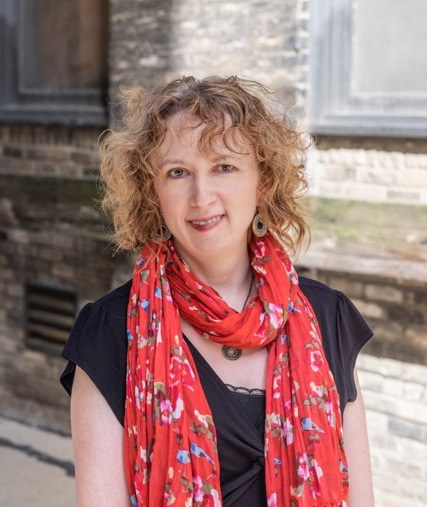
Advertisements Share this:

